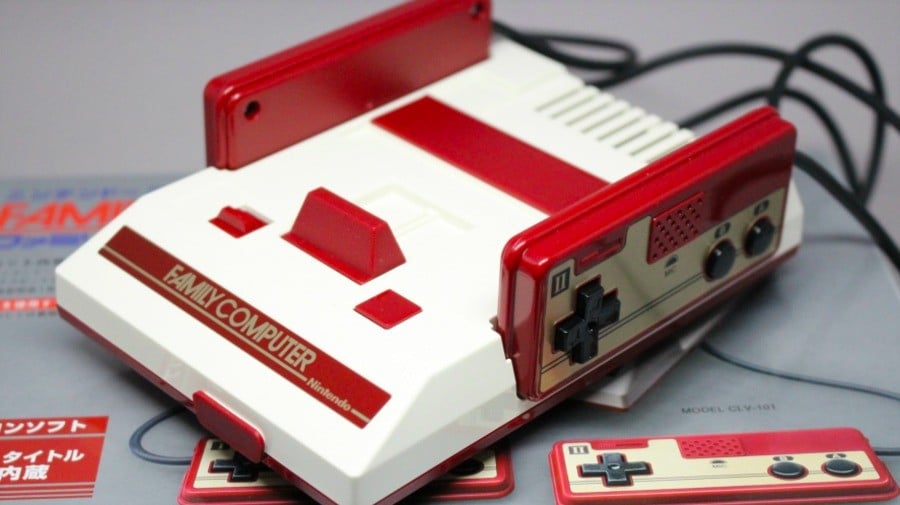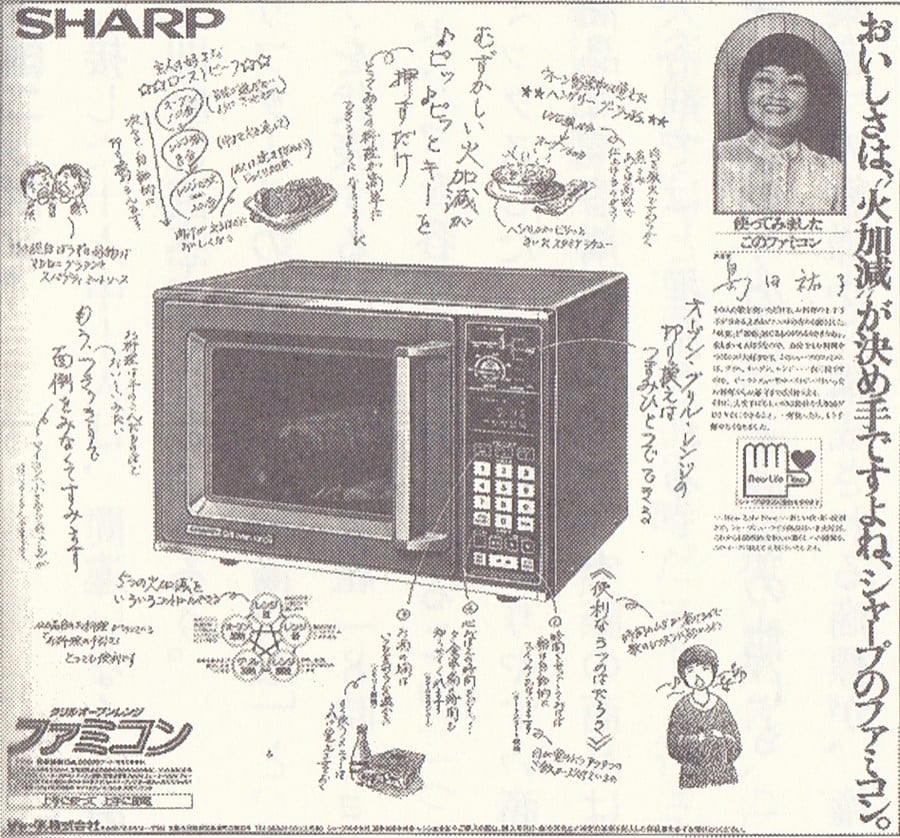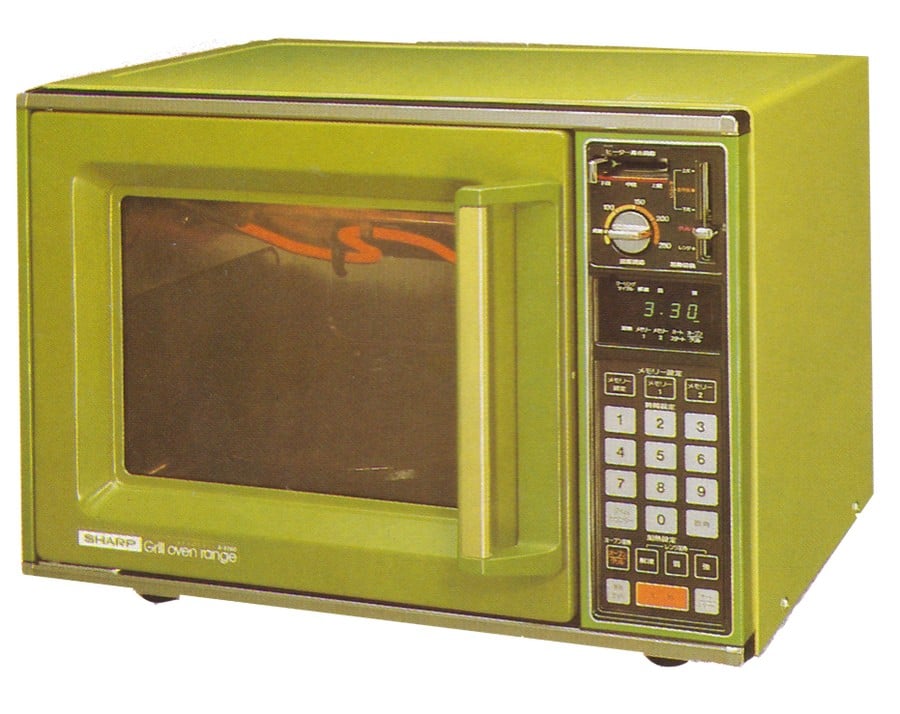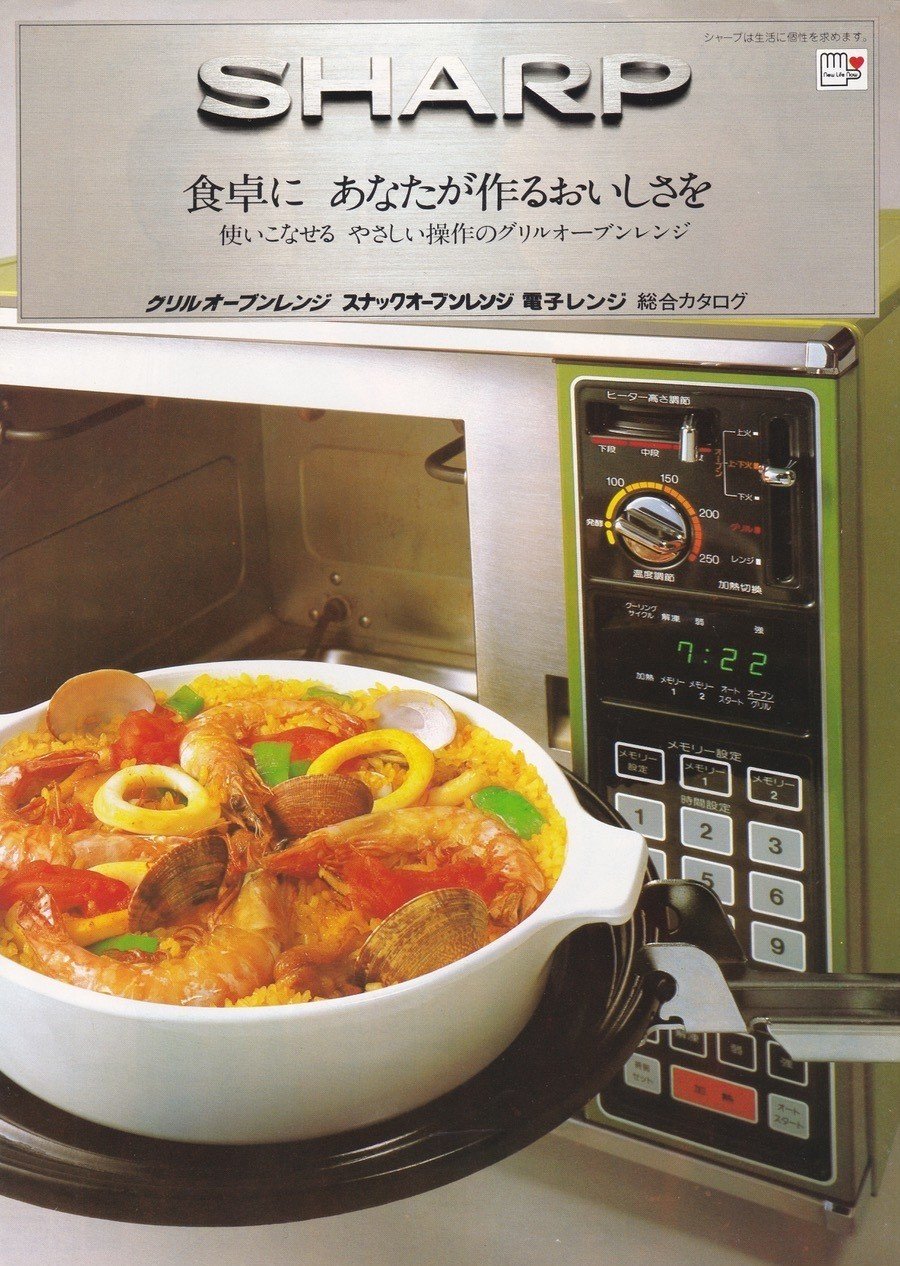
First, let us kick off this article by saying happy birthday to the Family Computer! Released in July 1983, (July 15th, to be exact) the 8-bit warhorse is turning 35 years old this year. That's quite a milestone for even long forgotten hardware, but Famicom/NES games still live on today, either as part of the Classic Mini line or as enhanced updates on Nintendo's forthcoming Switch Online service. Congratulations are in order!
But hold up a second. Why do we all call the machine 'Famicom' yet, Nintendo still sticks with the clunky name 'Family Computer?' The terms are pretty much interchangeable, yet for the 8-bit line, you rarely see it used. True, it does appear in a few games now and then, most recently Famicom Remix.
A few years ago, the inventor of the Famicom Masayuki Uemura spoke out about how the machine got its name. He coined the term “Family Computer” to imitate the IBM Personal Computer. When he told his wife, she suggested it be shortened to “Famicom”. Despite this, the hardware casing, manuals and all advertising used the longer Family Computer moniker.

Kind of strange, don’t you think? Well, there's a specific reason behind it. Nintendo didn’t hold the trademark to the word Famicom for a few years until after the machine was already released and in homes. How did that happen, you may ask? The truth is that a different Famicom was trademarked before Nintendo even released its console.
In 1979, Sharp Corporation had released a grill oven range called the Family Convection Oven or “Famicon” for short. In Japanese that’s written as ファミコン which is exactly how Famicom with an “M” at the end is written, as well.
In Japanese, these two would be pronounced the same, despite English spelling differences. The trademark law in Japan does allow for the same term to be trademarked more than once, but the products must fall under separate classifications. By the time 1983 rolled around, everything should have been fine. Except the Sharp Famicon was classified as a “consumer electronic device” - a term which broadly covering practically anything used in homes. Nintendo was locked out, and was forced to go with the term "Family Computer" instead - although fans called it Famicom from day one.


Thankfully, the dispute ended amicably. There wasn’t any court case, likely because Nintendo didn’t have much standing at the time. According to a Japanese book called “Strange Trademarks”, the trademark was officially transferred on 17th October 1985. Because Sharp already had the rights to the term Famicom, Nintendo licensed out the use of Family Computer hardware to Sharp, which resulted in a few products, such as the Famicom Titler, Famicom TV and Twin Famicom - all of which are branded by Sharp and use the word Famicom prominently. While Nintendo now owns the right to use the word Famicom, later hardware models still say Family Computer, keeping things uniform. The machine's successor, the Super Famicom, didn't suffer from this headache.
To learn more about this quirk in Nintendo’s history and see some images of the Sharp Famicon, check out the video below.





Comments 24
Wow. That's pretty funny. I'm glad Ninty and Sharp were able to get along so well.
I wonder if Sharp's Famicom will run Skyrim.
@HobbitGamer That's the trouble with micro-computers. Cooks chips in minutes.
Sharp experimented with putting cpus in pans of hot oil, but it fried the motherboard.
I tried playing Lasagne online with the Sharp Famicom. I must have had a high latency or something. I was waiting 8 minutes for a ping!
(Ok, I'll stop)
That explains why everytime I put my cartridges into my ‘famicom’ they would cook within 2 minutes. If only I’d known.....
This is a great example of where Trademark law starts to get kind of ridiculous at a certain point.
@GrailUK It will try, but the load times are so long that it's not worth trying. Bethesda and their bugs, amirite??
@Mr_Pepperami That's probably only because something obstructed the fan. The Sharp GPU can get white hot
@GrailUK yes but no plans for mods at this time .
My old calculator runs Skyrim and the mods
The original Cooking Mama game...
Nintendo called their 2nd console the Super Famicom cause they are too lazy writing the full name Super Family Computer.
A beautiful twist, that Sharp then went on to manufacture the display for the wildly successful 3DS!
@GrailUK I tried playing playing Burger Time but it was frozen for 8-12 minutes on medium.
So nintendo nearly got in a war with a microwave oven. what next a switch that cooks toast for you as well lol. Hopefully there still allowed to sell overcooked 2.
"In Japanese, these two would be pronounced the same, despite English spelling differences" uh, having studied Japanese for 4 years, no, no they wouldn't be pronounced the same, because Nintendo used "ファミリーコンピュータ" meaning that "n" was pronounced "m" since it was followed by the "pu" kana. They would have always said "famicoM" even in Japanese, because it was a shorter way of writing "ファミリーコンピュータ".
@NEStalgia you mean the DS, the 3DS is Nintendo's lowest selling handheld system to date (even with most owners owning multiple devices).
Well, I use a Twin Famicom for my Famicom & Disk System gaming, and it was made by Sharp. It kicks butt, by the way.
@pika677 3ds for sharp. Lowest selling handheld to date for them but still mighty successful by any metric, still was the #1 selling console for the gen, and considering all market predictions were that all handheld would fail in the post mobile world, 3ds success is nothing short of incredible. It's no wii or ds which was a once in a lifetime phenomenon for various reasons, and handheld sales are down due to mobile competition door the causal demographic, but 3ds and its attach rate proved that handhelds are a very solid business the same way ps4 proved consoles are at a time when death of consoles was expected as well.
Either way,a resounding success, regardless of category sales in prior eras with less competition.
Edit: plus gb sales were over a 10 year sale period in a time when consoles were less common, and without switch competing against it on the later years.
@pika677 Mr Game and Watch says 'hello'.
So, 30 years ago when i ordered a Famicom, i might got a Microwave Famicom.
Geee.....SHARP. I wasn't cooking video games.
I knew Nintendo games were always pretty hot, but this is ridiculous.
@pika677 Look at the two example images in the piece (the Sharp one and Super Famicom box. Both say 'ファミコン' so how exactly would they have been pronounced differently?
I'm not sniping, genuinely interested.
@pika677 (I should also point out that the guy who wrote this piece has lived in Japan for quite some time).
Can you imagine an overly excited kid getting an oven for Christmas?
@Damo @pika677 I do say in the video that when the N sound preceeds Pu (as well as some other characters) the M sound gets stronger so I get the point. Also some regions of japan have a sound closer to M but however the accent the same person would pronounce both written in Japanese ファミコン the same. 4 years of study is a great achievement as well!
My two year old Panasonic rice cooker says "microcomputer" on the front, how totally lame is that? The last time I saw the word "microcomputer" on something was a 1984 computer I had years ago.
Tap here to load 24 comments
Leave A Comment
Hold on there, you need to login to post a comment...